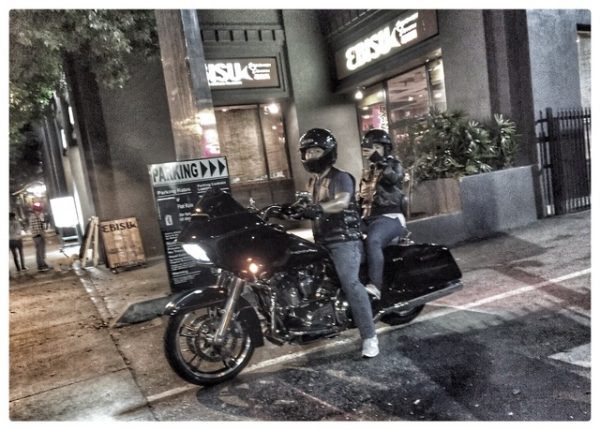When they call COVID-19 “The Chinese Virus,” don’t argue with them.
Don’t bring up the history of anti-Asian violence in America. Don’t mention Vincent Chin and the American auto industry. Don’t mention the assaults and murders of South Asians immediately after 9-11. Don’t mention the Chinese Massacre of 1871 in Los Angeles and the 1885 Rock Springs Massacre in Wyoming Territory. Don’t mention Pearl Harbor and the internments of American citizens.
Each time our country suffers an economic, political, or cultural crisis, we watch our backs because we (or some other minority group) become America’s scapegoat.
It’s difficult for some to understand what it means to be racially visible minorities, when our bodies are registered in racialized terms, when we are seen through America’s racial lens. In simple terms, the first thing they notice is the color of our skin.
One problem with that is the transnational nature of racial violence. What happens in Asia affects Asians in America. It matters little that some of our ancestors came to America as early as the 16th century. It matters little that our parents and grandparents are Americans and that we were born here in the good ole USA. Look what happened to the Japanese Americans in World War II.
I was called “jap” when Japan bombed Pearl Harbor, “gook” when America was at war in Viet Nam, and “towel head” after the twin towers fell. I am Asian in America.

Oh, don’t say, “But the World Health Orgnization calls the virus ‘COVID-19.’ It’s racist to call it ‘The Chinese Virus.’”
Because they will say, “But it’s not racist. The virus came from China. Have you heard of the German measles?”
Oh, don’t say, “But that was named after three German physicians who studied it. It’s different.”
Because they will say, “It’s not different. Each disease is connected to a certain location. Are places racist to you? You’re being paranoid, friend, and you might even just be racist yourself.”
You are about to say, “What about the Spanish flu? That had nothing to do with Spain or the Spanish people.” But you learn. The argument will go in circles; soon enough, they will gaslight you and convince you to stop thinking about race or that you are the racist one.

To keep yourself sane, don’t waste words on those who won’t listen and pay attention to the stories of otherness. Instead, build coalitions with those who suffer similar plights. It doesn’t have to be other Asian groups. It could be an African American group. It could be a Latinx community. It could be the lgbtqia+ community. It could be a group of white workers or women.
Build alliances with those who listen, understand, and sympathize. And race, gender, class, sexuality don’t matter here. Build bridges across those lines. Your voice is louder with the voice of the many.
Each time our country suffers an economic, political, or cultural crisis, we now watch each other’s back. That’s how we survive.
And one other thing: embrace yourself. Love yourself in spite of what the media say of your bodies and of your minds.
So say it, say it loud and proud: I am Chinese. I am Japanese. I am Korean. I am Vietnamese. I am Indian. I am Cambodian.
Say it, say it again: I am an American.
(All photos in this story are by Alexis Rhone Fancher. Her raw snapshots of an Asian America are inspiring & hopeful.)
